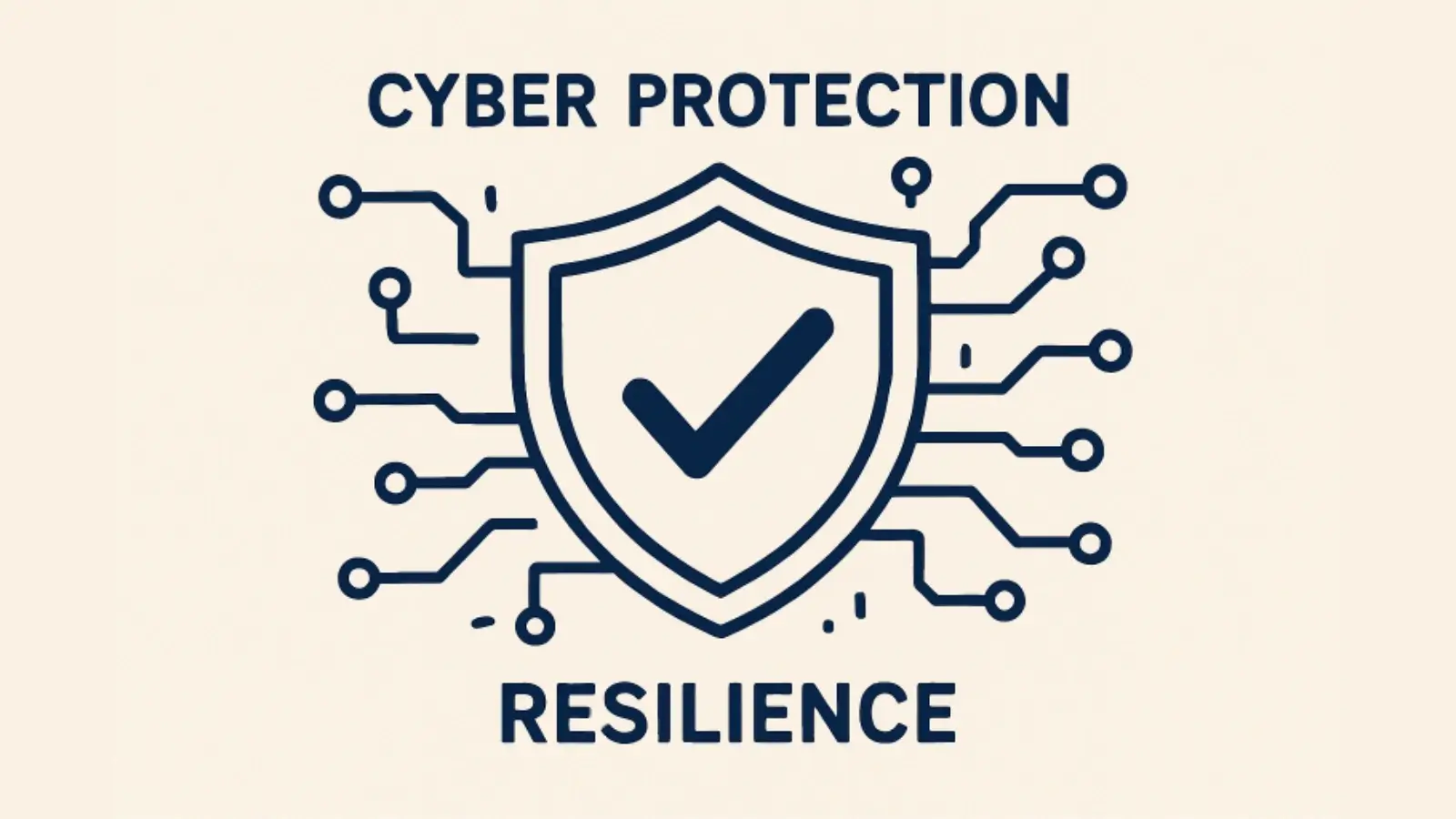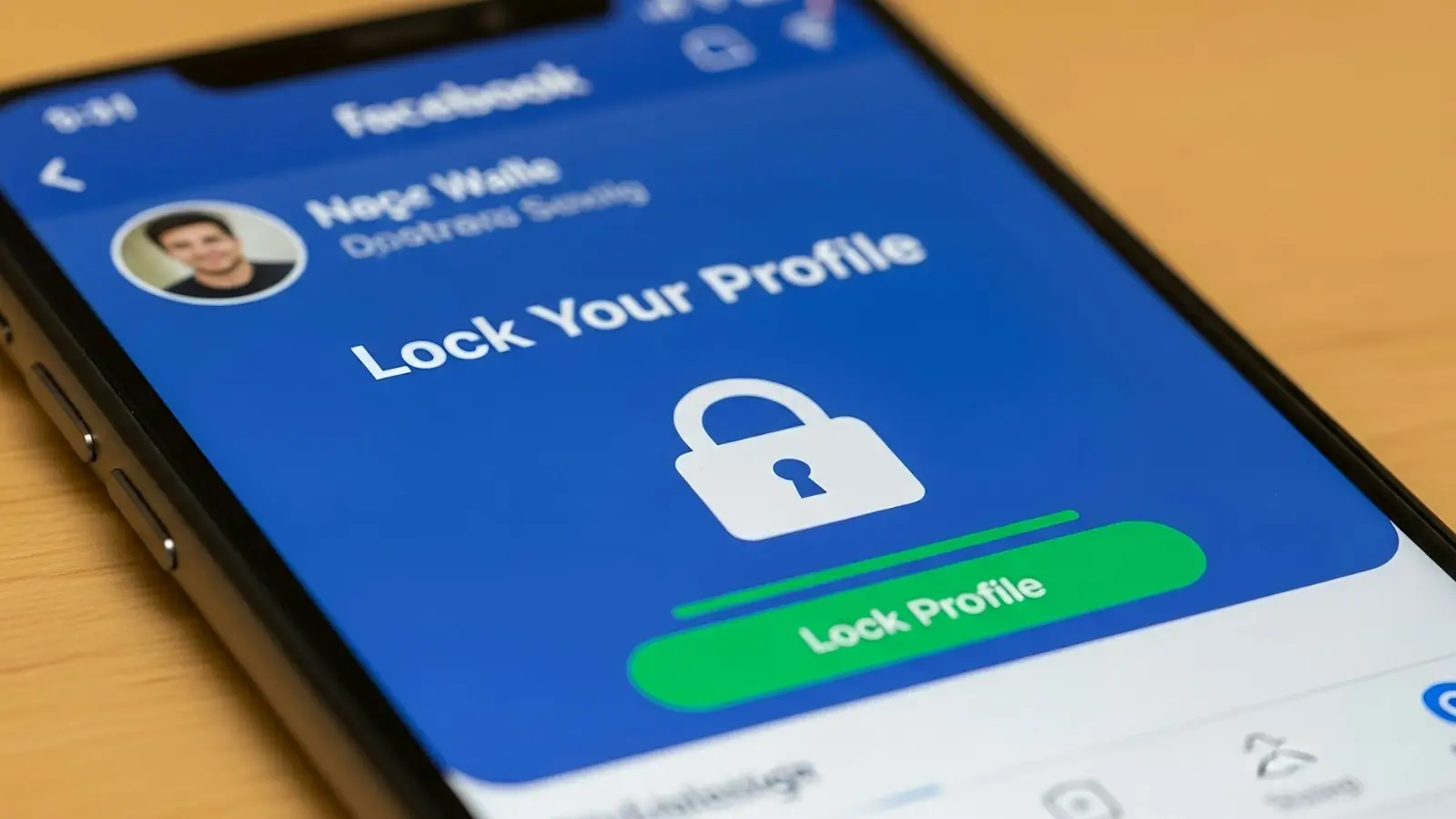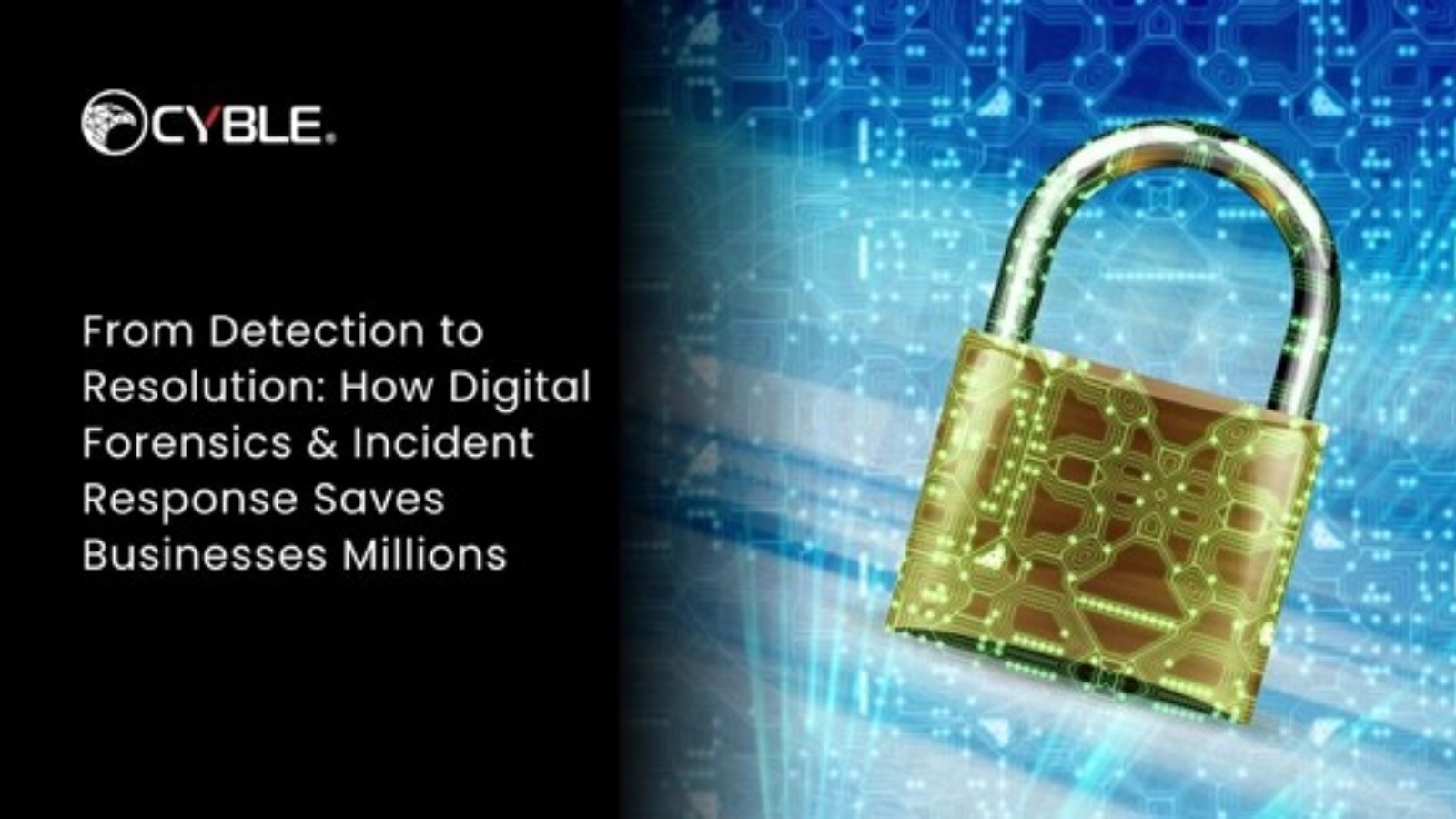Let’s begin with a hard truth: cyberattacks don’t send invitations—they break down digital doors when you least expect it. They don’t wait for you to finish quarterly reporting, hire more IT staff, or migrate your infrastructure to the cloud. They strike when your guard is down—when your team is distracted, your tools are outdated, or when you’ve convinced yourself that a basic firewall and antivirus are still “good enough.”
In today’s business landscape, cybersecurity is no longer just a line item for the IT department—it’s a fundamental element of operational resilience. Whether running a boutique law firm, a tech startup, or a multinational distributor, your data is your most valuable asset. Sensitive information, financial systems, contracts, and customer records are no longer locked in filing cabinets. They exist in decentralized networks, shared cloud drives, and interconnected applications. And they’re only as safe as the least protected corner of your digital environment.
Here’s where it gets more serious: the weakest point in your cybersecurity posture often isn’t where you think it is. It’s not just a misconfigured server or an unpatched piece of software—it’s a process. A person. A subtle assumption. That’s precisely why red teaming has become one of the most valuable tools for forward-thinking organizations. Rather than waiting for real attackers to expose your flaws, red teaming simulates a full-scale attack—blending technical intrusion with human manipulation—to show you, precisely, where and how your defenses can be breached.
Cybersecurity Threats: More Common, More Sophisticated
Gone are the days when cyberattacks consisted of a single Trojan in a shady email. Today’s threats are orchestrated, persistent, and devastating. The risks are everywhere, whether it’s ransomware that shuts down your operations, phishing emails that steal login credentials, or bots crawling your applications for vulnerabilities.
But here's the most dangerous part: most businesses don't realize they've been attacked until it’s too late.
What you need isn’t just defense; you need prevention. And that starts with seeing your business as an attacker sees it.
Prevention Is Cheaper Than Recovery
Ask any organization that has suffered a breach—they’ll tell you the cost wasn’t just financial. It was reputational, operational, and emotional. Downtime alone can paralyze a business. Add legal obligations under GDPR, client trust issues, and PR fallout, and the damage grows exponentially.
But here’s the opportunity: most breaches are preventable. And the cost of preventing an incident is a fraction of what you’d spend dealing with the aftermath.
This is where modern cybersecurity services come in—not just to patch holes, but to find them before they’re exploited.
What Is a Penetration Test and Why Does It Matter?
A penetration test—a pentest—is a controlled, ethical cyberattack on your own systems. It simulates how an attacker might infiltrate your IT infrastructure, web application, or internal network.
But don’t confuse this with a basic scan or checklist audit. A proper pentest is hands-on, tactical, and reveals real-world vulnerabilities that automated tools often miss.
A penetration test can answer questions like:
-
Can an outsider gain access to internal systems?
-
Could a low-level employee escalate privileges?
-
Are your firewalls truly configured correctly?
-
Is your website vulnerable to injection or scripting attacks?
The output isn’t just a report—it’s a roadmap for improving your security.
Your People Are Also a Target
The most secure infrastructure in the world can be undone by one employee clicking on the wrong link.
Phishing remains one of the most effective—and terrifying—attack vectors in the modern digital landscape. Why? Because it doesn’t attack systems. It attacks people.
Simulated phishing tests can:
-
Evaluate how employees react to realistic bait
-
Identify departments or individuals most at risk
-
Serve as a non-punitive training tool
-
Increase awareness and reduce careless clicks
Instead of waiting for a real phishing email to arrive, businesses should train their teams using fake—but convincing—scenarios, developed by security professionals who understand how social engineering works.
Security Audits: The Big Picture View
Not every business has a full-time security officer. Not every company has the internal resources to assess risk across the board. That’s where a complete security audit becomes essential.
An audit helps you:
-
Identify gaps in your policies and procedures
-
Evaluate access controls, device management, and update policies
-
Check compliance with regulations like GDPR or NIS2
-
Understand how third-party vendors may impact your security
Think of it as a full-body scan for your digital ecosystem. It may seem like a lot, but the clarity it provides can guide smarter decisions and future-proof your business.
The Power of Real-World Simulation
Basic testing isn't enough for larger or more security-sensitive organizations. They need a complete, coordinated, and adversarial approach to testing their defenses, also known as red teaming.
This advanced security tactic simulates multi-layered real-world attacks, combining technical breaches with social engineering and lateral movement inside your network. It's the closest thing to an actual cyberattack, without the damage.
Why is this valuable?
Because it tests:
-
Whether your team detects the attack (and how fast)
-
How well your internal protocols are followed
-
What real damage could an attacker do if they gained access
-
How your systems, staff, and vendors react under stress
Red teaming isn’t just about finding vulnerabilities. It’s about measuring your ability to respond.
Why Businesses Delay—and Why They Shouldn’t
Many companies delay cybersecurity efforts because they believe:
-
“We’re too small to be targeted.”
-
“We have antivirus, so we’re covered.”
-
“We’ve never had an issue before.”
Unfortunately, these assumptions are exactly what attackers look for.
Today’s cybercriminals use automation. They don’t handpick victims—they let bots do the scanning and exploitation. Whether you’re a startup or a multi-site corporation, if your systems are online, you’re a potential target.
And the irony? Businesses that think they’re too small to care are often the easiest to breach, because their defenses are weakest.
What Makes SYSNETSHIELD Different?
At Penetracnitesty.com, SYSNETSHIELD s.r.o. Goes beyond standard tests. Their services are tailored to modern business needs, offering:
-
Professional penetration testing with real attack simulation
-
Phishing test campaigns customized for your workforce
-
Security audits with practical, not just theoretical, outcomes
-
Red teaming for high-risk and high-profile organizations
Their motto says it all: “Test your business before hackers do.”
Their experts use advanced tools and methodologies to identify weaknesses before attackers do, not after.
Getting Started: What Businesses Should Do Now
-
Book a consultation – Get an overview of your current risk level.
-
Schedule a penetration test – Even a limited test can reveal critical exposures.
-
Simulate a phishing campaign – Raise awareness before the real threat arrives.
-
Conduct an audit – Understand where your business is vulnerable across systems, policies, and people.
-
Create a roadmap – With expert guidance, develop a cybersecurity strategy that fits your goals and resources.
You don’t need to become a security expert. You need to partner with one like cybersecurity experts in Toronto who can assess your risk and help build a tailored, long-term security strategy.
Final Thought: Cybersecurity Is Business Strategy
In 2024 and beyond, the strength of your cybersecurity posture reflects the strength of your company. Stakeholders expect it. Clients demand it. Regulators enforce it.
What’s more, your business continuity depends on it.
Cybersecurity isn’t just for IT teams anymore. It’s a C-suite conversation, a boardroom priority, and a core pillar of trust in the digital age.
Whether you’re protecting intellectual property, financial data, or just your daily operations, the time to act is before the breach.
Start with a test. Check your exposure. Empower your people. Build resilience.
Because real damage doesn’t come from the attack but from being unprepared.
Let red teaming, penetration testing, and strategic security auditing become your competitive advantage—before someone else turns your vulnerabilities into their opportunity.

















